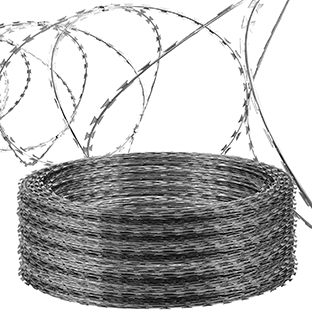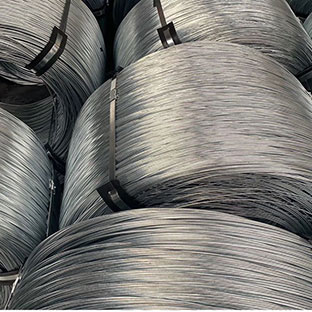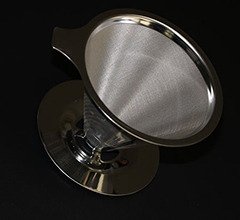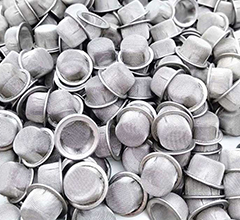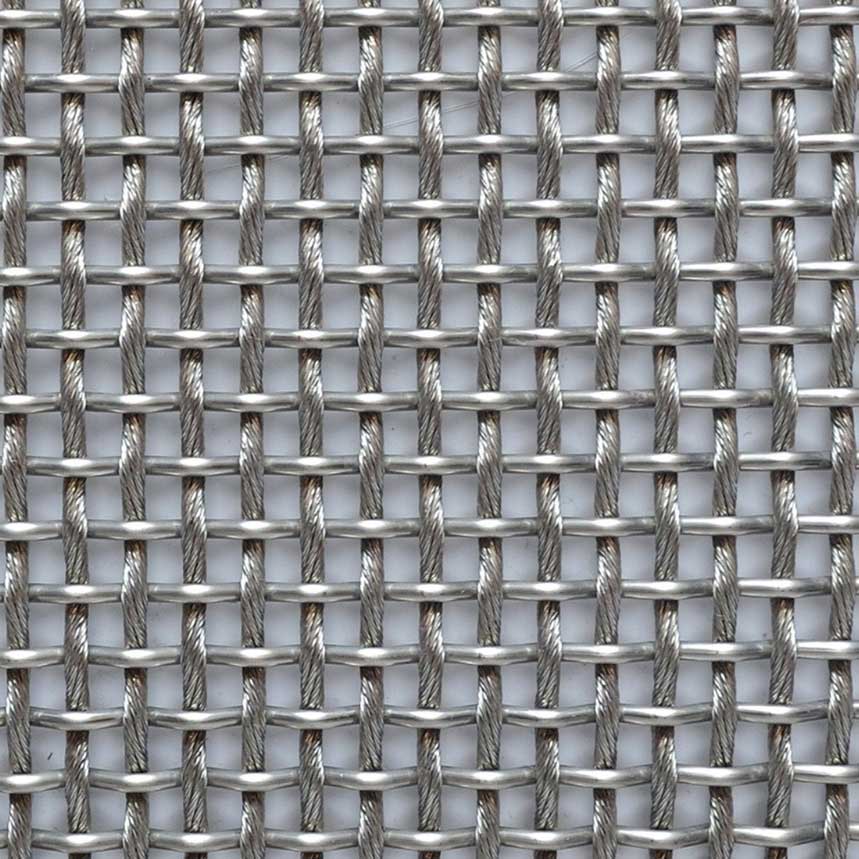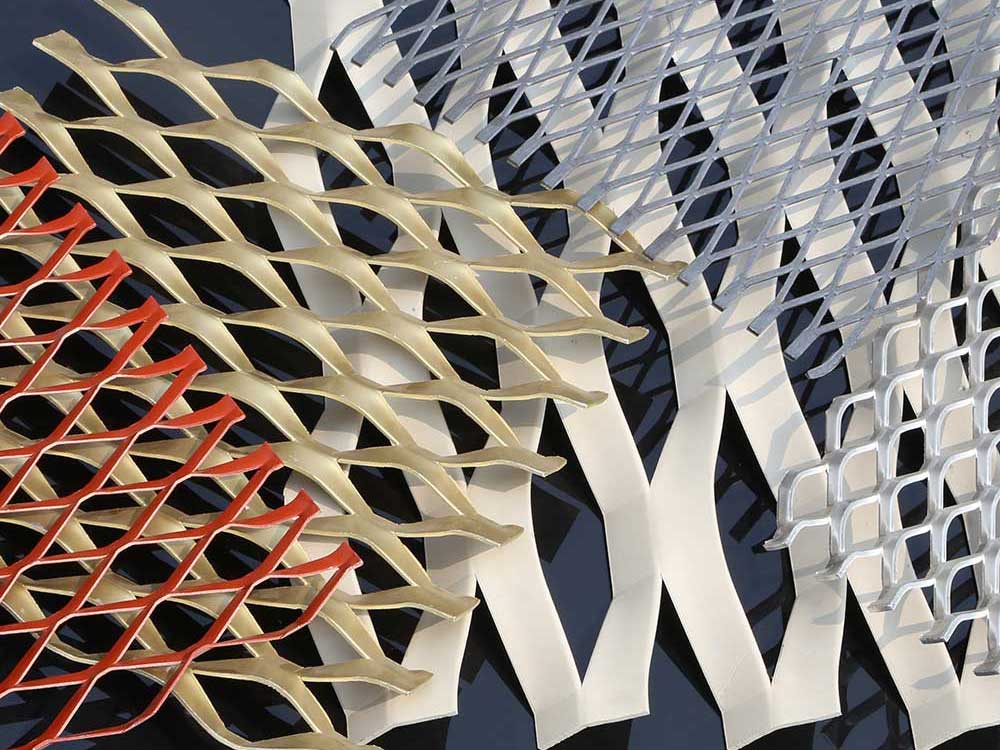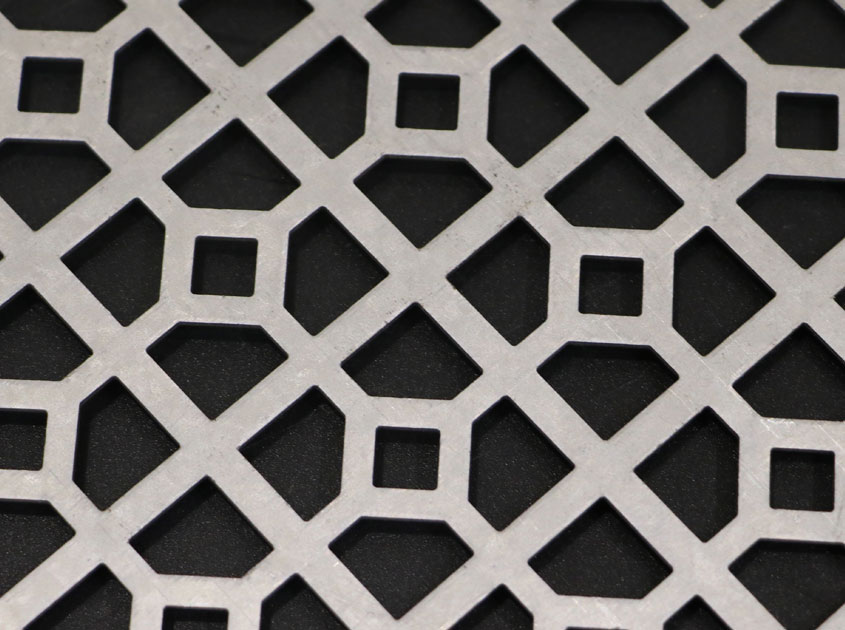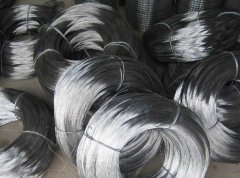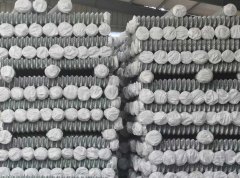1. The construction of anchor retaining wall shall meet the following requirements in addition to the precast pouring of the retaining plate and column according to the requirements of the drawings and the relevant provisions of Section 410 of this code.
2. The construction site should be cleaned, leveled and compacted; attention should be paid to the drainage of the site; the anchor hole position is correct, and the inspection and approval of the supervision engineer can proceed to the next process.
3. Before construction, the contractor shall submit all the details of the construction method of the anchor rod retaining wall to the supervising engineer for approval before construction can be carried out.
4. The construction of anchor rod retaining wall should be presided over by experienced construction personnel and master the geological and hydrological conditions of the stratum at the anchor hole. The drilling equipment is in good condition and records are made during construction.
5. The axis of the anchor mesh holes should be accurate, and the diameter and depth of the anchor holes should not be less than the drawings. The allowable deviation of the position of the hole is ±50cm, the deviation of the drilling axis and the design axis should be less than 3% of the hole length, and the allowable deviation of the hole depth is +200mm; the distance between adjacent anchor holes should meet the requirements of the drawing.
6. When drilling with anchor mesh holes, the rock structure should not be damaged to avoid the expansion of rock cracks, which may cause hole collapse and difficulty in grouting.
7. After the anchor hole is formed, the rock dust and other debris in the grout hole should be removed to keep the hole dry and the hole wall clean and rough.
8. In order to increase the anti-pull ability of the anchor rod, during the drilling process, the anchoring part or the bottom of the anchor hole can be blasted into a gourd shape with a small amount of charge.
9. The anchor rod retaining wall should not be constructed in rainy weather. The procedures of anchor hole drilling, anchor rod placement, and anchor hole grouting shall be completed continuously, with one pile and one hole as the working unit. After the anchor rod is placed in the anchor hole, check whether the grouting hole and the vent hole are unblocked and intact.
10. The grouting process of the anchor hole affects the anchoring ability. Before grouting, water should be used to flush the hole wall to remove the debris and rock powder in the hole. When grouting, first seal with 1:3 cement mortar within the range of 0.5m depth of the orifice. During the grouting process, take care that the vent hole is not blocked. When the grouting is filled, the grouting pipe is drawn out and the vent hole and the grouting hole are closed.
11. The anchor hole grouting should meet the requirements of the drawings, and use cement mortar with a compressive strength of more than 30MPa. The mixing ratio of cement mortar should be determined by experiment, and the particle size of fine aggregate should not be greater than 2mm. In order to speed up the progress and increase the strength of mortar, admixtures can be appropriately added, and the variety and quantity of the addition are determined by experiment.
12. In order to determine whether the anchor rod can meet the requirements of the drawing, the anchor rod confirmation test shall be carried out. The number of bolt ultimate pull-out strength tests shall not be less than 5% of the total number of bolts, and shall not be less than 3, which shall be carried out after the strength of the cement mortar reaches the design strength after grouting. During the test, if the displacement continues to increase until it is still unstable after 2h, it is considered that the anchor rod has been damaged; or the displacement is too large, exceeding the displacement value controlled by the drawing, or the ultimate pull-out resistance is less than the value specified in the drawing. It can also be considered that the anchor rod has been damaged. The test can use YC-60 type through jack or other suitable equipment.
13. Columns, retaining plates and anchor rods are installed according to the requirements of the drawings, and the back of the wall should be backfilled immediately. The filler should be sandy soil, gravel soil, and it is strictly forbidden to use humus soil, bark, grass roots and other debris. Roll compaction and compaction according to the compaction required by the drawings. When backfilling the back of the wall, special care should be taken not to damage the columns and retaining plates by bending the anchor rod steel bars.
14. When backfilling the back of the wall, water-proof and drainage facilities should be set up in accordance with the location and requirements specified in the drawings.
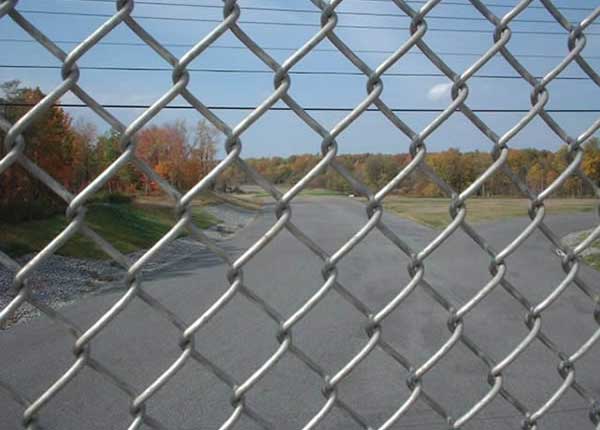


.jpg)




.png)






































